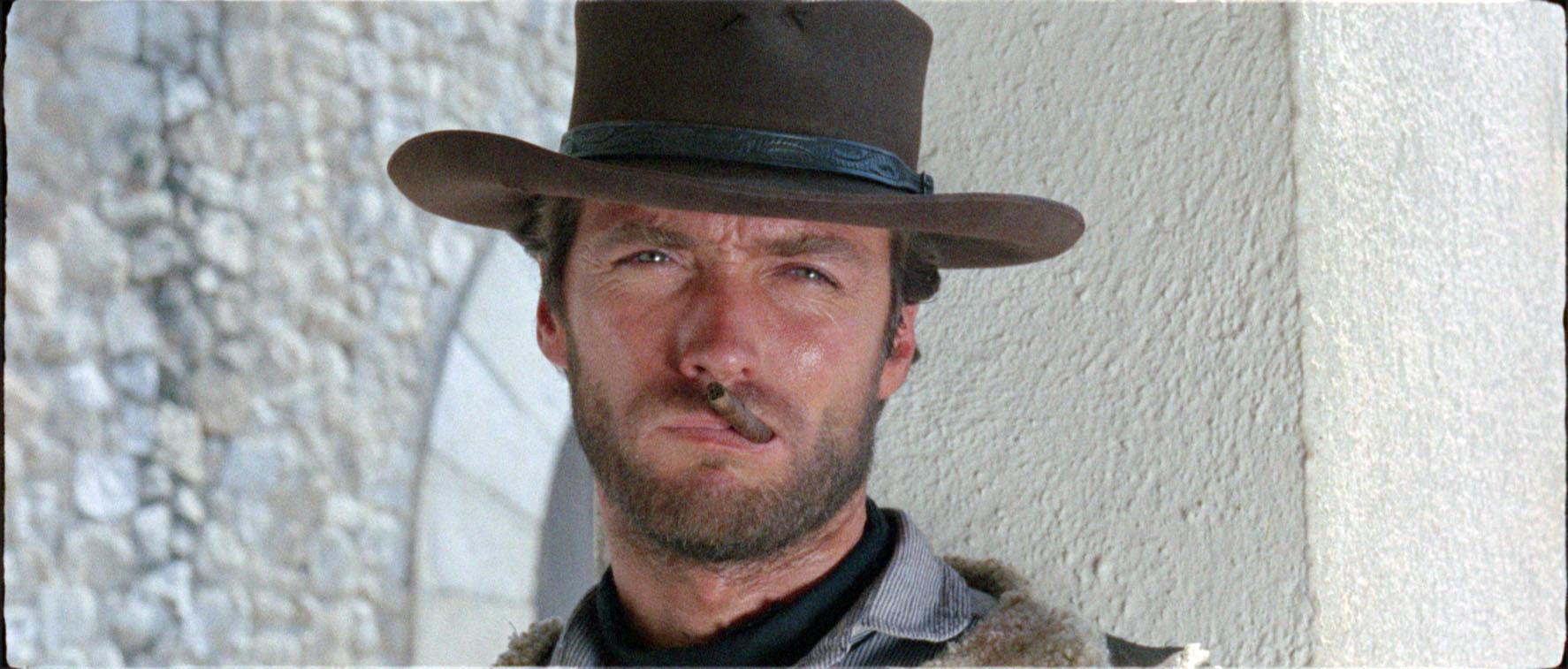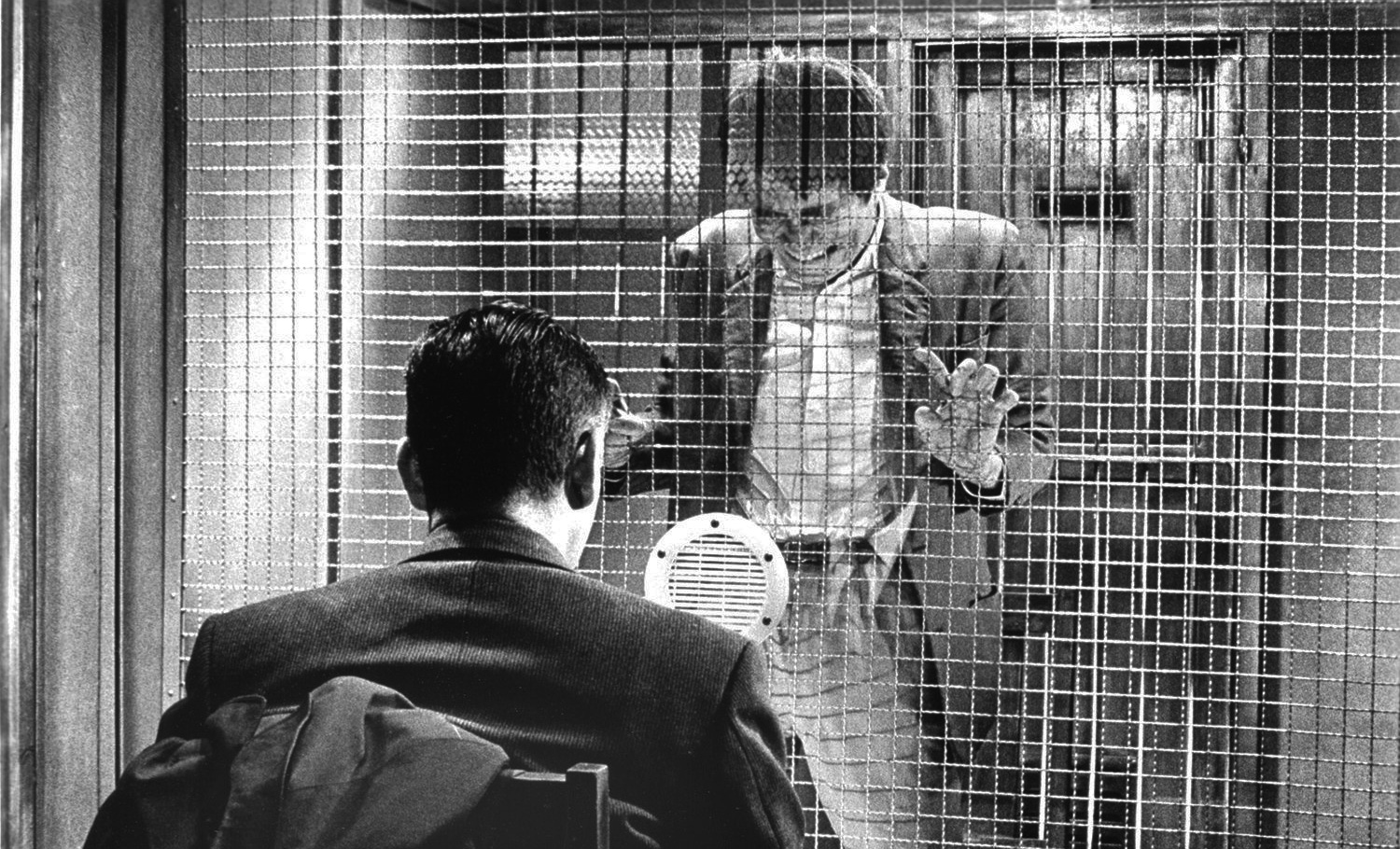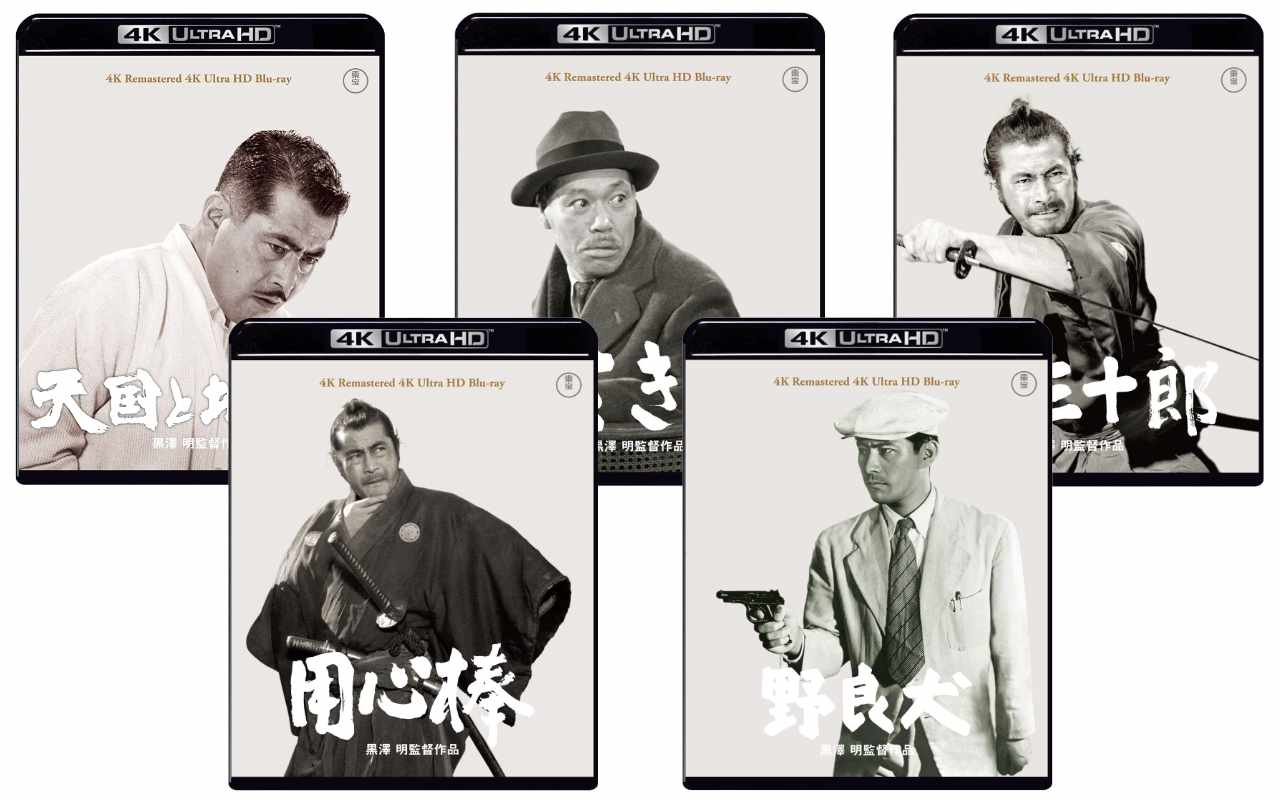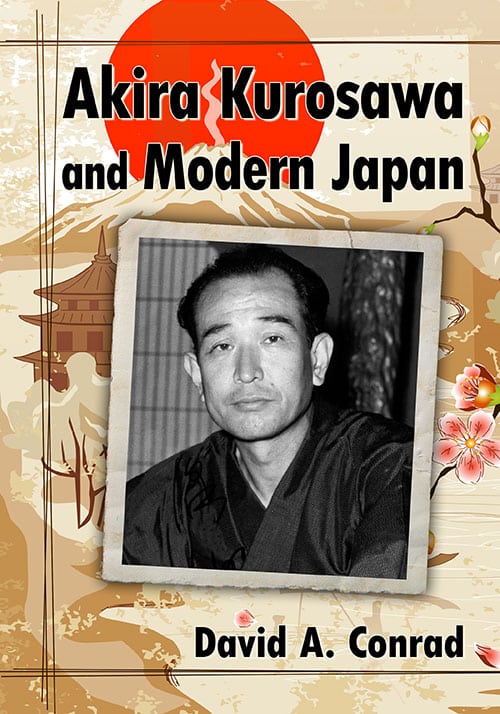Western actors in "Sanshiro Sugata part 2"
-
31 March 2019
31 March 2019
Hi Don!
The film was indeed shot in early 1945 and was something that Kurosawa wasn’t particularly interested in working on, only doing so due to studio pressure. Few films were made at the time due to the conditions that you mentioned — I think Toho for instance only released a handful that spring, while on a normal year they would release several dozens.
The main Western actors in the film are Turkish, or more specifically I believe Volga Tatar immigrants whose families had moved to Japan after the Russian revolution made it difficult for them to stay in Russia. The boxer for instance was Osman Yusuf who went on to act in a number of Japanese films. Another prominent actor in the film is Roy James, born Abdul Hannan Safa. Most likely the film’s western extras also come from the the Turkish or similar immigrant groups.
31 March 2019
Thank you. That’s quite a story & it answers my question. The entries for those two actors on IMDB hit the spot. I should have looked there instead of relying on the info on the Criterion box.
Sanshiro Sugata Part 2 isn’t a very good film; Donald Richie’s explanation helped. I don’t think much of Part 1 either. The military guidelines are partly reponsible for the forced nature of the films; but it’s true that Part 1 has interesting shots, camera angles and quick-editing.
And it’s always fun to spot members of Kurosawa’s “troupe” when they were young — Masayuki Mori, Takashi Shimura, Seiji Miyaguchi. Not to mention Denjiro Okochi.
Thanks again.
Don Buck7 May 2019
What a great question and equally interesting answer. I didn’t realize that Turks were in Japan at that time.
Personally I really like Sanshiro Sugata No 1, as a martial arts enthusiast I love the spirit of the old Sensei and how Sanshiro changes from young thug to gentleman.
That pond scene with the old ‘Osho’ priest and the defiant young punk in the water is very reminiscent of the story in Mushashi by Yoshikawa Eiji (from the 30’s) and to my mind Kurosawa had to be thinking of that scene where young Mushashi (Takezo) is strung from a tree and berated by the Zen priest Takuan Soho.
I liked the Meiji dandy style of the villain in the second film.
Westerners don’t fare well usually in Japanese or Chinese films, especially martial films.
They are usually very cartoonish arrogant figures but then that’s how Asian people were often portrayed in western films in the past.9 April 2020
Hi folks!
Does anyone know off the top of their head where I can find a source for these actors being Turkish?
Thank you very much.
10 April 2020
Hi David!
There doesn’t seem to be much written about them specifically, at least not in English. Stuart Galbraith’s The Emperor and the Wolf mentions (page 51) Yusuf being a “Turk”, but doesn’t go into any details. Neither do other Kurosawa books as far as I can recall.
In addition to the IMDb listings and the Wikipedia link in my previous post, there appears to be fairly little about Yusuf available online as well. A Godzilla wiki gives a brief biography that references pages on Toho’s official website, which appear to have since been removed.
As for Roy James, there is an interesting Japan Times article that also mentions a book from the early 80s that discusses James’s life. Google Books also gives some results, such as Japan, Turkey and the World of Islam: The Writings of Selçuk Esenbel, which (page xxii) briefly talks about Roy James and mentions his background as being a Tatar Turk.
13 April 2020
I just remembered that Peter Tasker’s On Kurosawa briefly talks about the Turkish actors as well, but not in much more depth than elsewhere:
How did Kurosawa manage to assemble such a large number of foreign extras, when all enemy nationals and most neutrals had long gone from Tokyo? The key man, it seems, was Osman Yusuf, a Turkish national who played the bullying sailor who Sanshiro threw into the sea in the first scene. Yusuf was part of a Turkish community based in the Yoyogi Uegara district which is home to the Tokyo Mosque. Other members included Japan resident foreign actors Roy James (Hanna Seifa) and Enver Altenbay. (page 93)
No references are given.
13 April 2020
I wonder if anyone has written a history of the non-Asians in Japan during the war – there certainly were populations there – I’ve read accounts of German Catholic missionaries in Nagasaki caught by the A-bomb and I believe there were even Lithuanian Jews rescued by the actions of Chiune Sugihara who got stuck in transit to the US. Of course, there were lots of POW’s too. It must have been very tough for them, I’ve read of lynchings of non-Japanese (including Koreans) after US bombing raids.
Leave a comment
Log in or to post a comment!






Hello — I watched “Sanshiro Sugata Part 2” by Kurosawa (DVD available from Criterion as part of “Early Kurosawa”).
Several scenes show about 20 Western actors, men and women, mostly extras, some in closeups. They are clearly non-Japanese and a few can be heard speaking basic English. They are shown cheering during a match between a Japanese martial-arts fighter and an American-style boxer.
This film was released on May 3 1945 (Donald Richie). Does that mean it was shot between January and April 1945, as a reasonable guess? It certainly was shot during World War Two, since, as Richie notes, it was a propaganda film and followed the guidelines of the Japanese Army. Japan did not surrender until September 1945.
My question:
Who were these Western extras? Did any Westerners live normal civilian lives in Japan near the end of the war? Were they perhaps Germans, since Germany was an ally of Japan? It would be bizarre if they were British or American prisoners of war, but I guess that’s possible.
In the spring of 1945 Japanese cities were flaming ruins. Thousands of Japanese soldiers and civilians died each day under Allied bombing. It’s hard to imagine any film being shot and released under these conditions, but a few were, including “Sanshiro Sugata Part 2.” Perhaps they were shot in studios away from bombed-out areas. Still … where the heck did so many Western civilians come from? Has anyone come across this in any book or any memoir? Donald Richie does not mention the topic.
One last thing: as a rule Western actors are very rare in Japanese films, except for multi-ethnic specialties such as “Merry Christmas, Mr Lawrence” and “Dersu Uzala.”
I’d be very grateful for any info. Thank you
Don B
USA